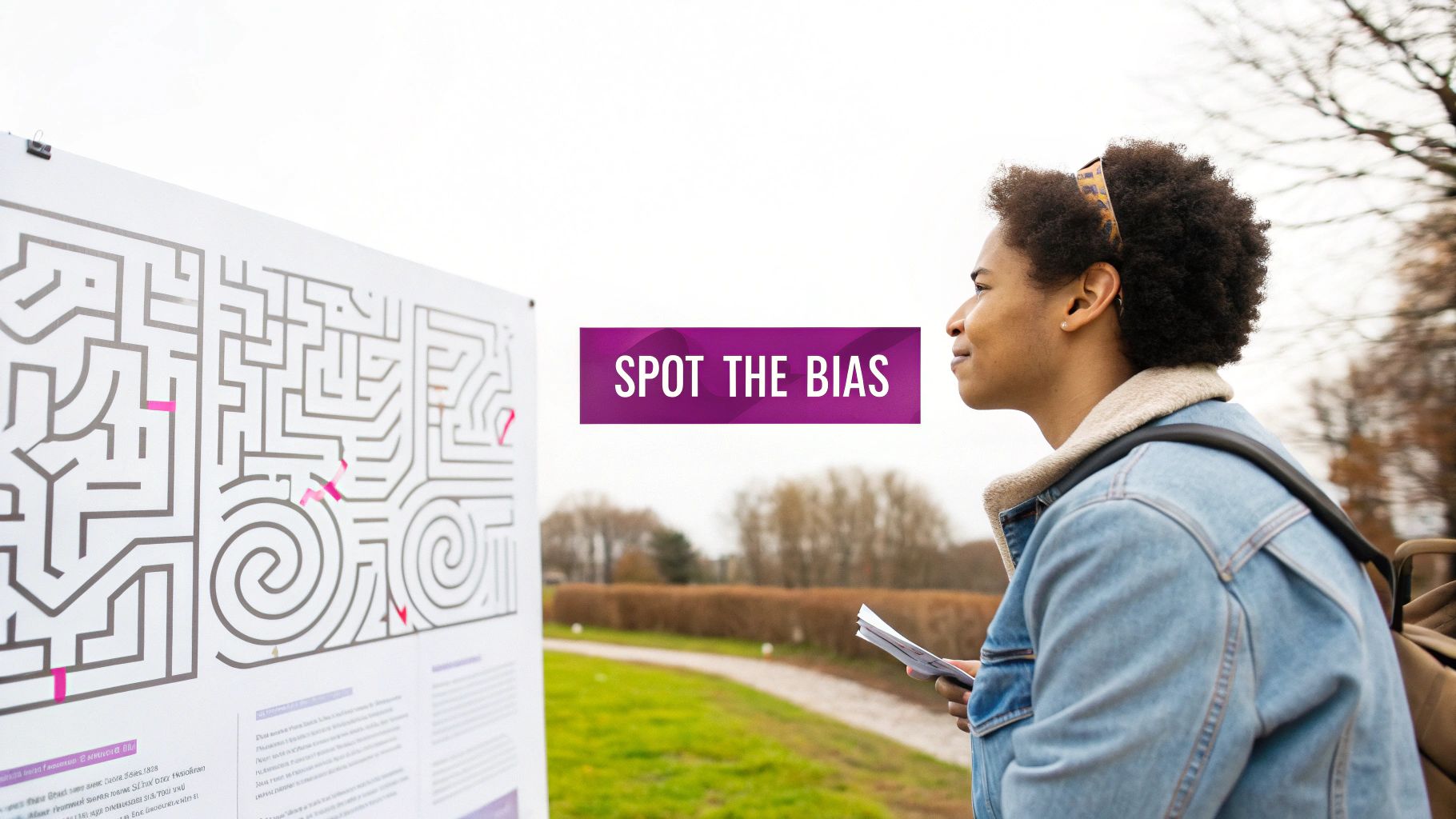

Our brains are constantly scanning for threats. This inherent negativity bias isn't a flaw, but a survival mechanism ingrained through evolution. This means our minds tend toward negativity, even when unnecessary. But why?
The amygdala, a small almond-shaped structure deep within the brain, processes emotions, especially fear and anxiety. When we perceive a threat, the amygdala releases stress hormones, preparing us for a "fight-or-flight" response. This response, vital in dangerous situations, can also fuel negative thought patterns in daily life.
For example, a small setback at work can trigger the amygdala, causing excessive fear and worry. This explains our occasional overreactions to minor challenges. This can reinforce negative thoughts.
Repeating negative thoughts strengthens specific neural pathways in the brain. Like well-trodden paths, these become automatic, allowing negative thoughts to easily take hold. This is why overcoming negativity can be difficult.
However, our brains have neuroplasticity, the ability to reorganize and form new connections. This means we can rewire our brains for more positive thinking.
Our brains have a "critical voice" acting as a threat detector, often leading to negative thoughts. Acceptance and Commitment Therapy (ACT) helps detach from this inner critic by observing thoughts without judgment. This detachment promotes self-compassion and life satisfaction.
You can learn more about negative thinking here: Understanding Negative Thinking. While our brains lean towards negativity, we are not controlled by it. By understanding the science behind negative thought loops, we can challenge and reshape our thinking.
This involves identifying negative thoughts, questioning their validity, and replacing them with realistic and positive alternatives. It requires patience and persistence, but the benefits are worthwhile.

Conventional wisdom often emphasizes processing and accepting negative thoughts. However, acknowledgment alone doesn't always resolve them. Surprisingly, thought suppression can be an effective tool in overcoming these patterns. This isn't about denial, but strategically managing which thoughts deserve our focus.
It's important to distinguish healthy thought suppression from harmful avoidance. Avoidance buries uncomfortable thoughts, potentially intensifying them. Strategic thought suppression, conversely, is a conscious choice not to dwell on unproductive thoughts. This redirection of mental energy allows for more constructive thinking.
For example, replaying a past mistake is common. Strategic thought suppression acknowledges the mistake, but chooses not to ruminate. This facilitates learning and moving forward, preventing a cycle of self-criticism. This is particularly useful with intrusive thoughts, where engagement reinforces their presence.